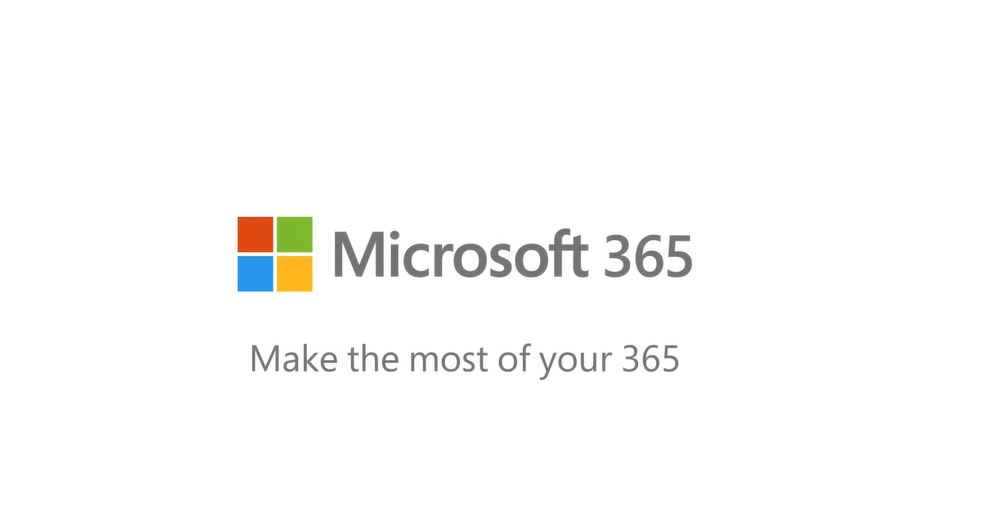As businesses increasingly adopt more flexible working methods, their technology must also follow that path. Beyond communication solutions, every modern business needs to ensure their data is secure and easily accessible.
Microsoft’s Windows Virtual Desktop (WVD) provides employees with a cloud based virtual machine allowing for the same experience regardless of the user’s device specifications. WVD also provides IT teams the ability to sanction apps on a secure desktop ensuring data does not travel outside of the business’s environment. These features are particularly helpful for organisations in the financial and healthcare sectors as it allows business critical services to run 24/7, 365 days a year.
Find out more about IT support for the healthcare industry.
For organisations that subscribe to M365 or own Windows can also significantly optimise licensing through WVD. Desktops for new staff can be created at no extra cost and can scale to meet a rise in demand. A single virtual machine can host multiple sessions, further increasing cost efficiency.
New developments
Throughout this unprecedented business climate, the above advantages can be vital. However, many organisations are intimidated by the setup process, regardless of their size or sector. Thankfully, a recent update to the software has made implementation of virtual desktops easier than before.
Back in April of last year, Microsoft revealed a new management and deployment experience that sits directly within the Azure Portal, where all your virtual desktops are managed. Admins can now deploy and manage desktops, apps, users, and diagnostics much more efficiently. While Azure knowledge is still required to run the system, the bar has lowered from expert level to intermediate knowledge.
Microsoft has also made recent developments for WVD to better suit flexible work environments. WVD now seamlessly incorporates Microsoft Teams, a huge draw for many businesses that use Teams and have considered virtual desktops. The camera on personal devices can now be easily linked to the cloud-based desktop without the traditional latency pitfalls.
Recent advancements for WVD security mean that admin users can now store metadata within a specific Azure region or reduce attack surface through reverse connect technology. Extra features include support for static or dynamic conditional access policies and the ability to mandate multi-factor authentication.
While the new Windows Virtual Desktop portal makes it faster to get to a usable state, there’s no denying that WVD set-up takes time and effort. Getting virtual desktops running smoothly with unique combinations of collaboration and industry software can be tedious. We can provide help with the set-up so that you can focus on what you do best.
Contact us today to find out more.



 Previous
Previous








